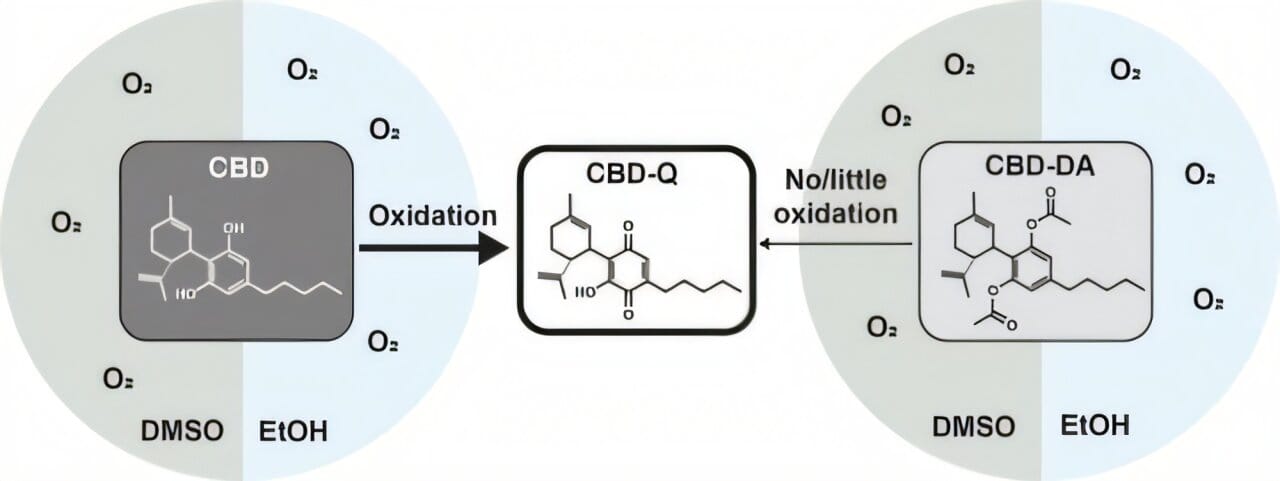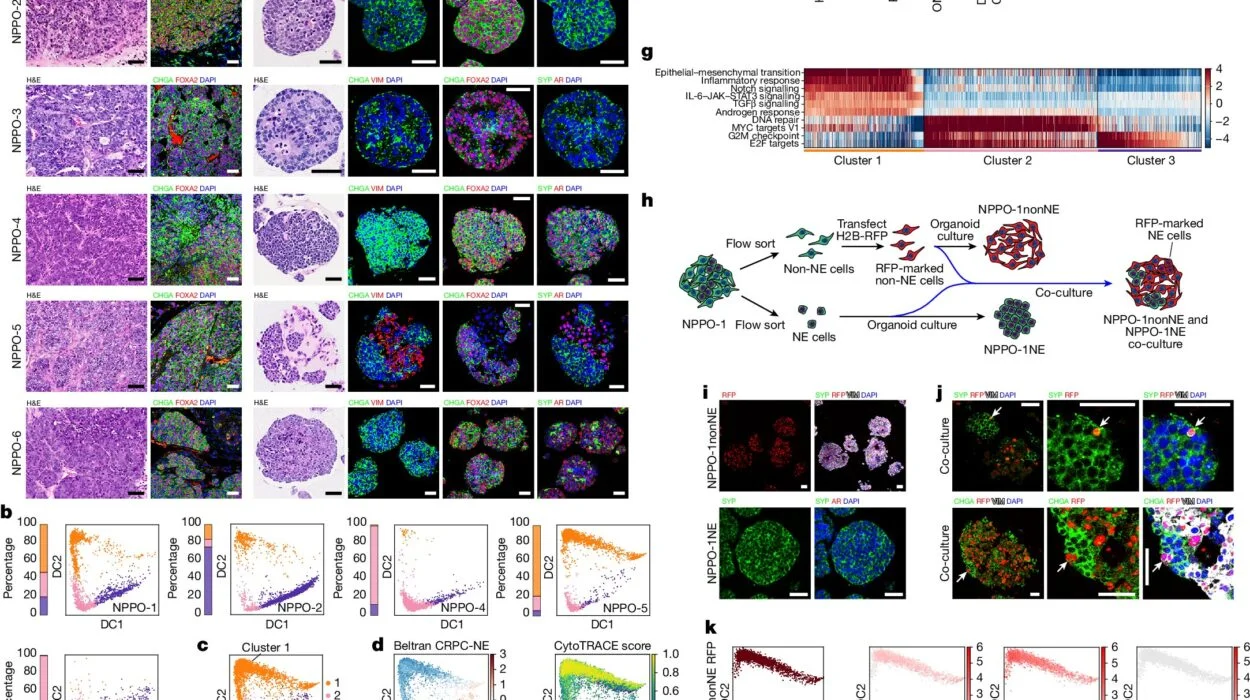For years, cannabidiol (CBD) — a compound found in marijuana — has been hailed for its potential therapeutic powers. It has been linked to easing chemotherapy-induced nausea, calming seizures in epilepsy, relieving chronic pain, and even helping with anxiety and other mental health concerns. Its popularity has soared, showing up in everything from oil tinctures to sparkling beverages.
But a new study suggests that the way people consume CBD could be the difference between helping their health and harming it. Researchers at the University of California, Merced, have discovered that vaping CBD can transform it into a highly toxic compound capable of killing human cells.
The Science Behind the Smoke
The culprit is cannabidiol hydroxyquinone, or CBD-Q — a chemical formed when CBD is exposed to heat and oxygen, both common in vaping. In laboratory experiments, the team led by Ryan Baxter, professor and chair of UC Merced’s Department of Chemistry and Biochemistry, found that vaping conditions cause CBD to oxidize, creating CBD-Q in potentially dangerous amounts.
CBD-Q is no stranger to science. In fact, it’s been studied for its ability to destroy malignant tumors in targeted cancer therapies. But that’s precisely why researchers are concerned: the same tissue-killing property that makes CBD-Q a promising cancer drug also makes it hazardous if it’s bathing healthy lung tissue.
“I wouldn’t imagine you would want it just bathing your lungs,” Baxter said.
Why Vaping Makes It Worse
In natural marijuana flower, CBD exists alongside a cocktail of other plant chemicals that help absorb some of the oxidative stress from heat and combustion. But in vape cartridges, CBD is often isolated in oil form, meaning all the oxidative stress is concentrated directly on it.
“When you add CBD to an oil suspension and put it in a vape pen, all the oxidative stress is focused on that one chemical,” Baxter explained. “It’s actually way worse in that setting.”
Some vape cartridges heat to temperatures as high as 200–300°C, easily enough to accelerate the chemical reaction that produces CBD-Q.
Storage Matters — and Not in the Way You Think
The research also found that even before vaping, storage conditions can affect how much CBD-Q is present. While most CBD oils are stored in oil-based suspensions, which slow down oxidation, CBD in water- or ethanol-based products — like sodas, cocktails, or wellness drinks — is far more vulnerable.
“Under those conditions, you end up producing more of this toxic byproduct, just upon sitting,” Baxter said. “And these things are not regulated at all by the FDA.”
This means that CBD-infused beverages, often marketed as a safe and trendy way to consume the compound, may carry hidden chemical risks — even before they’re opened.
The Bigger Problem: Unregulated Products
In the United States, marijuana is legal in many states, and CBD products are widely sold in dispensaries, convenience stores, and even gas stations. Yet, in most places, there are no regulations governing how CBD vapes are made, stored, or sold. That means consumers often have no way of knowing whether their vape cartridge might be generating CBD-Q every time they inhale.
Baxter and his colleagues — chemical engineering professors Kara McCloskey and Roberto Andresen Eguiluz — have been working to map the safety profiles of various vape cartridge components. Their goal is not to ban vaping but to make it safer.
Searching for a Safer Solution
“If people are going to do it anyway, could we develop an additive that prevents the formation of the toxic byproduct and protects people’s lung tissues?” Baxter asked.
The team hopes to identify chemicals that could be added to CBD vapes to block or slow CBD’s oxidation into CBD-Q. Such a discovery could allow manufacturers to advertise safer, less harmful products — and potentially prevent lung damage among users.
The Next Steps
While this study revealed how vaping conditions produce CBD-Q and showed how the compound kills human cells in the lab, the researchers have not yet pinpointed exactly how it interacts with lung tissue on a cellular level. Future work will focus on tracking the metabolic pathways CBD follows in the human body and examining how vaping conditions — including temperature, oxygen exposure, and formulation — influence CBD’s stability.
Baxter also wants to explore how CBD and its byproducts affect vascular tissue, broadening the scope beyond just the lungs.
A Wake-Up Call for CBD Consumers
The research, published in Chemical Research in Toxicology, adds an important note of caution to the booming CBD industry. Products often marketed as wellness-enhancing and natural can, under certain conditions, transform into something far more harmful than most consumers realize.
For now, the safest advice for CBD users may be to think carefully about how they consume it — because when it comes to vaping, the wrong conditions could turn a harmless compound into a chemical with the power to kill healthy human cells.
More information: Metzli I. Montero et al, Cannabidiol Toxicity Driven by Hydroxyquinone Formation, Chemical Research in Toxicology (2025). DOI: 10.1021/acs.chemrestox.4c00448






